

Articles
How To Repair A Crochet Blanket
Modified: March 6, 2024
Learn how to repair a crochet blanket with this comprehensive guide. Our articles cover various techniques and tips to fix any damages and keep your blanket looking good as new.
(Many of the links in this article redirect to a specific reviewed product. Your purchase of these products through affiliate links helps to generate commission for Storables.com, at no extra cost. Learn more)
Introduction
A crochet blanket is a beloved item that often holds sentimental value. Whether it was passed down through generations or painstakingly created with love and care, it can be heartbreaking to see your cherished blanket in need of repair. However, fear not! With a few simple techniques and some basic materials, you can easily restore your crochet blanket and bring it back to its former glory.
In this article, we will guide you through the step-by-step process of repairing a crochet blanket. We will cover common issues like loose stitches, holes, tears, and unraveled sections. By following these instructions, you can quickly and effectively repair your blanket, extending its lifespan and preserving its sentimental value.
Before we dive into the repair process, it’s important to note that the level of repair required will depend on the extent of the damage. Minor issues can often be addressed with a quick fix, while more significant damage may require a more time-consuming repair. Either way, with a little patience and determination, you can restore your crochet blanket to its former beauty.
Now, let’s gather the materials you will need for this crochet blanket repair project.
Key Takeaways:
- Repairing a crochet blanket is like giving it a warm hug, bringing it back to life with patience and love. With the right tools and techniques, you can mend tears, fix unraveled stitches, and weave in loose ends to preserve its sentimental value.
- Just like a puzzle, repairing a crochet blanket requires attention to detail and a steady hand. By following the step-by-step process, you can restore your beloved blanket to its former beauty, creating new memories along the way.
Read more: How To Start Crocheting A Blanket
Materials Needed
Before you begin repairing your crochet blanket, it’s important to gather all the necessary materials. Having everything on hand will make the process smoother and more efficient. Here are the items you will need:
- Crochet hook: Make sure you have a hook that matches the size of the stitches in your crochet blanket. This will ensure that your repair work blends seamlessly.
- Yarn or thread: Choose a yarn or thread that matches the color and weight of the original yarn used in your blanket. This will help your repairs go unnoticed.
- Tapestry needle: A large-eyed needle is essential for weaving in loose ends and making repairs.
- Scissors: A good pair of scissors will come in handy for cutting excess yarn and thread.
- Pins or stitch markers: These are useful for holding pieces together while you make repairs or for marking areas that need attention.
- Optional: Stitch counter or row counter: If your blanket has a complex stitch pattern, a stitch or row counter can help you keep track of where you are in the pattern.
Having these materials readily available will make the repair process much easier. Now that you have gathered all the necessary tools, let’s move on to the first step: assessing the damage.
Step 1: Assess the Damage
The first step in repairing a crochet blanket is to assess the extent of the damage. Carefully examine the blanket for any loose stitches, holes, tears, or unraveled sections. Take note of the specific areas that require repair.
Look for loose stitches that may have unraveled or become stretched over time. These stitches can be easily fixed by reworking them with a crochet hook and securing them in place.
If you come across a hole or tear in your crochet blanket, determine the size and location. Small holes can often be fixed with a few simple stitches, while larger tears may require a more intricate repair.
If you notice any unraveled sections, examine the surrounding stitches to identify where the damage originated. This will help you determine the appropriate approach for repairing the area.
Once you have assessed the damage and identified the areas that need attention, you can move on to the next step: gathering the necessary tools.
Step 2: Gather the Necessary Tools
Now that you have assessed the damage and identified the areas that need repair, it’s time to gather the necessary tools. Having the right tools on hand will make the repair process smoother and more efficient. Here are the tools you will need:
- Crochet hook: Select a hook that matches the size of the stitches in your crochet blanket. This will ensure that your repair work blends seamlessly.
- Yarn or thread: Choose a yarn or thread that matches the color and weight of the original yarn used in your blanket. This will help your repairs go unnoticed.
- Tapestry needle: A large-eyed needle is essential for weaving in loose ends and making repairs.
- Scissors: A good pair of scissors will come in handy for cutting excess yarn and thread.
- Pins or stitch markers: These can be useful for holding pieces together while you make repairs or for marking areas that need attention.
- Optional: Stitch counter or row counter: If your blanket has a complex stitch pattern, a stitch or row counter can help you keep track of your progress.
Having these tools readily available will make the repair process much more convenient and enjoyable. Now that you have gathered everything you need, let’s move on to the next step: preparing the string or yarn.
Step 3: Prepare the String or Yarn
Before you can begin repairing your crochet blanket, it’s important to prepare the string or yarn that you will be using. Here’s how you can get it ready:
- Choose matching yarn: Select yarn or thread that closely matches the color and weight of the original yarn used in your blanket. This will ensure a seamless repair.
- Cut the yarn: Measure out a length of yarn that is long enough to complete the repair. It’s better to have more than you need, as you can always cut off any excess later.
- Attach the yarn: If you are working with a new ball of yarn, you will need to attach it to the existing yarn in your blanket. You can do this by tying a secure knot at the end of the new yarn and weaving it into the stitches of the blanket.
- Make a slipknot: To begin working with the yarn, make a slipknot by forming a loop with the yarn and pulling the tail end through. This will create a secure loop that you can easily adjust.
Once you have prepared your string or yarn, you are ready to start the repair process. In the next step, we will show you how to begin repairing the damaged areas of your crochet blanket.
Read more: How To Crochet A Star Into A Blanket
Step 4: Start the Repair
With your materials gathered and your yarn prepared, it’s time to start repairing the damaged areas of your crochet blanket. Here’s how you can begin:
- Identify the first stitch or area to repair: Refer back to your assessment of the damage and choose the first stitch or area that requires repair. This will serve as your starting point.
- Insert the crochet hook: Insert the crochet hook into the stitch directly below the damaged area. If you are repairing a hole or tear, you may need to create a few foundation stitches to establish a base.
- Work with the yarn: Hold the prepared yarn in your non-dominant hand and use the crochet hook in your dominant hand to work with the yarn. Follow the pattern of the existing stitches in your crochet blanket.
- Repair the stitch or area: Carefully work the crochet hook through the stitches, replicating the pattern and tension of the surrounding stitches. If you are repairing a hole or tear, make sure to secure the edges and reinforce the area with additional stitches.
- Continue the repair: Work your way through each stitch or area that needs repair, ensuring that your new stitches blend seamlessly with the existing ones. Take your time and be patient as you make each repair.
- Check your progress: Periodically step back and examine your work to ensure that the repaired area matches the rest of the blanket. Make any necessary adjustments as you go along.
Remember, each repair will be unique to the specific damage of your crochet blanket. Take your time, ensure that your tension is consistent, and be meticulous with your stitches. With each repair, your blanket will come closer to its original beauty.
Once you have completed the repairs, it’s time to move on to the next step: weaving in loose ends.
To repair a crochet blanket, use a yarn needle to weave in any loose ends and secure them with a knot. Then, use matching yarn to stitch any holes or tears, following the pattern of the blanket.
Step 5: Weave in Loose Ends
After making the necessary repairs to your crochet blanket, it’s important to weave in any loose ends to create a neat and finished look. Here’s how you can weave in loose ends:
- Thread the tapestry needle: Thread the yarn or thread through the eye of the tapestry needle, leaving a small tail.
- Insert the needle: Insert the needle under the nearby stitches at the back of the blanket, bringing it up near the loose end that needs to be woven in.
- Weave the loose end: Carefully weave the loose end in and out of the neighboring stitches, ensuring that it is secure and hidden within the fabric of the blanket.
- Cut off any excess: Once you have woven in the loose end, use scissors to trim off any excess yarn or thread, making sure to leave a small tail to prevent it from unraveling.
- Repeat for remaining loose ends: Follow the same process for any other loose ends that need to be woven in, taking care to hide them within the stitches of the blanket.
By weaving in the loose ends, you are not only ensuring that your repairs are secure, but you are also giving your crochet blanket a polished and professional finish.
Now that you have taken care of the loose ends, it’s time to address any holes or tears that may need repair. In the next step, we will guide you through the process of fixing these issues.
Step 6: Fixing Holes or Tears
If your crochet blanket has any holes or tears, don’t worry! You can easily repair them using some basic crochet techniques. Follow these steps to fix holes or tears:
- Assess the size and location: Determine the size and location of the hole or tear. This will help you determine the best approach for repairing it.
- Create a foundation: If the hole or tear is large, it’s a good idea to create a foundation to support the repair. This can be done by single crocheting or slip stitching around the edges of the damaged area.
- Use the same stitch pattern: Following the same stitch pattern as the rest of the blanket, start filling in the hole or tear with new stitches. Work row by row or stitch by stitch, ensuring that your tension matches the surrounding fabric.
- Weave in loose ends: As you go along, make sure to weave in any loose ends to secure the repair and give it a polished look.
- Check for consistency: Step back and examine your work to ensure that the repaired area blends seamlessly with the rest of the crochet blanket. Adjust your stitches if necessary to maintain a consistent appearance.
Repairing holes or tears in your crochet blanket may require a bit of patience and practice, especially if the damage is significant. Take your time and focus on achieving a smooth and even texture that matches the original stitches.
Now that you have addressed any holes or tears, it’s time to move on to the next step: repairing any unraveled stitches.
Step 7: Repairing Unraveled Stitches
If you come across any unraveled stitches in your crochet blanket, it’s important to repair them to maintain the integrity of the fabric. Here’s how you can fix unraveled stitches:
- Identify the unraveled section: Locate the area where the stitches have come undone or unraveled. Take note of the specific stitches that need repair.
- Prepare the yarn: Cut a length of yarn that matches the color and weight of the original yarn used in your blanket. Make sure it is long enough to work with and secure the repair.
- Recreate the stitch: Using your crochet hook, carefully recreate the unraveled stitch by following the pattern and tension of the surrounding stitches. Insert the crochet hook into the appropriate stitch and pull the yarn through to create a new loop.
- Secure the stitch: Once you have recreated the stitch, continue working with the yarn to secure it in place. Make a few additional stitches to reinforce the area and ensure that the repaired stitch is sturdy.
- Weave in loose ends: As you make each repair, make sure to weave in any loose ends to secure them and give the repair a clean finish.
- Check for consistency: Step back and examine your work to ensure that the repaired stitches blend seamlessly with the rest of the crochet blanket. Adjust your tension and stitches as needed to maintain uniformity.
Repairing unraveled stitches requires precision and attention to detail. By carefully recreating and securing the stitches, you can effectively mend the fabric and restore the overall integrity of your crochet blanket.
Now that you have addressed the unraveled stitches, it’s time to move on to the final step: adding the finishing touches.
Read more: How To Crochet A Letter Into A Blanket
Step 8: Finishing Touches
Now that you have completed the repairs on your crochet blanket, it’s time to add the finishing touches to ensure it looks polished and beautiful. Here are some final steps to consider:
- Block the blanket: If your blanket has become misshapen during the repair process, consider blocking it to restore its original shape. To do this, dampen the blanket with water or steam and pin it in place, allowing it to dry completely.
- Check for any missed repairs: Take a thorough look at your blanket and make sure you haven’t missed any repairs. Pay close attention to the corners, edges, and any intricate stitch patterns.
- Trim any excess yarn: Trim any excess yarn or thread that may be sticking out from your repairs. Use sharp scissors to carefully snip any stray fibers, ensuring the blanket looks neat and tidy.
- Give it a final inspection: Step back and examine your repaired crochet blanket from different angles and in different lighting. Ensure that all repairs are seamless and that the blanket looks as good as new.
By paying attention to these finishing touches, you can enhance the overall appearance of your crochet blanket, making it ready for use or display.
Congratulations! You have successfully repaired your crochet blanket, bringing it back to life and preserving its sentimental value. With proper care and maintenance, your blanket will continue to provide warmth and comfort for years to come.
Remember, the repair process may take time and practice, so don’t be discouraged if it doesn’t turn out perfectly on your first attempt. The more repairs you make, the more confident and skilled you will become.
Thank you for following this step-by-step guide on repairing a crochet blanket. We hope it has been helpful and that your blanket brings you joy for many more years.
Conclusion
Repairing a crochet blanket is a rewarding and worthwhile endeavor that allows you to extend the lifespan of a beloved item. By following the step-by-step process outlined in this guide, you can easily address common issues such as loose stitches, holes, tears, and unraveled sections. With a little patience, practice, and the right tools, you can restore your crochet blanket to its former beauty and preserve its sentimental value.
Throughout this journey, we have emphasized the importance of assessing the damage, gathering the necessary tools, preparing the string or yarn, and executing the repairs with care and precision. We have also highlighted the significance of weaving in loose ends, addressing holes or tears, repairing unraveled stitches, and adding the finishing touches to ensure a polished and professional finish.
Remember, each repair may be unique to the specific damage of your blanket, and it’s important to take your time and maintain consistency in your stitches. Always strive for a seamless blend between the repaired areas and the original fabric, ensuring that your repairs go unnoticed.
By following these steps, you not only rejuvenate your crochet blanket but also gain valuable skills and confidence in your crochet abilities. Whether you inherited the blanket or created it yourself, the repaired outcome will be a testament to your love for the craft and your dedication to preserving cherished items.
Lastly, don’t forget to enjoy the process of repairing your crochet blanket. Take pride in your work and appreciate the sentimental value that the blanket holds. With each stitch made, you are not only mending a physical item but also creating memories and connections to the past.
Thank you for joining us on this repair journey. We hope that this guide has been informative and inspiring, and that your crochet blanket brings you comfort, warmth, and joy for years to come.
Frequently Asked Questions about How To Repair A Crochet Blanket
Was this page helpful?
At Storables.com, we guarantee accurate and reliable information. Our content, validated by Expert Board Contributors, is crafted following stringent Editorial Policies. We're committed to providing you with well-researched, expert-backed insights for all your informational needs.
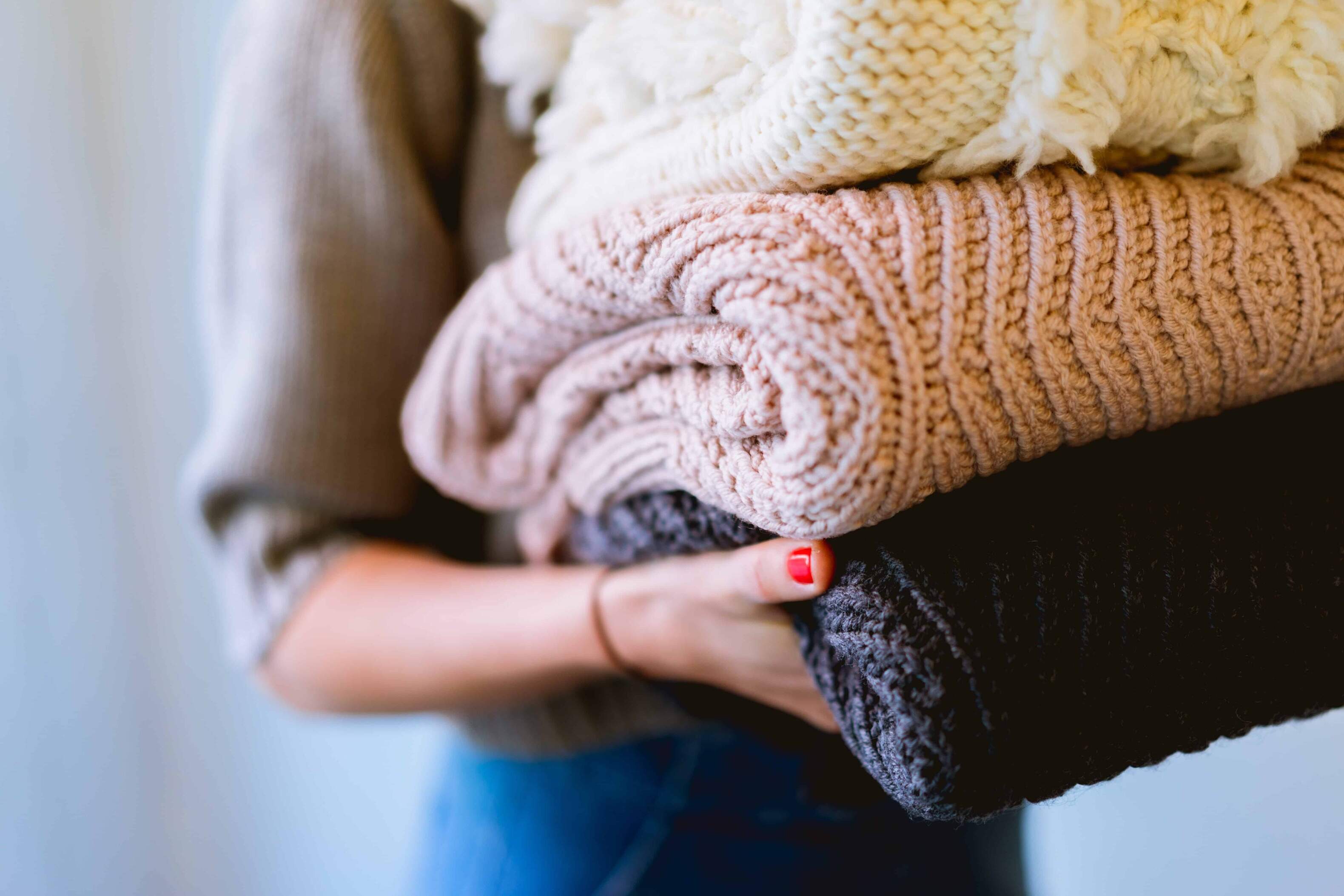
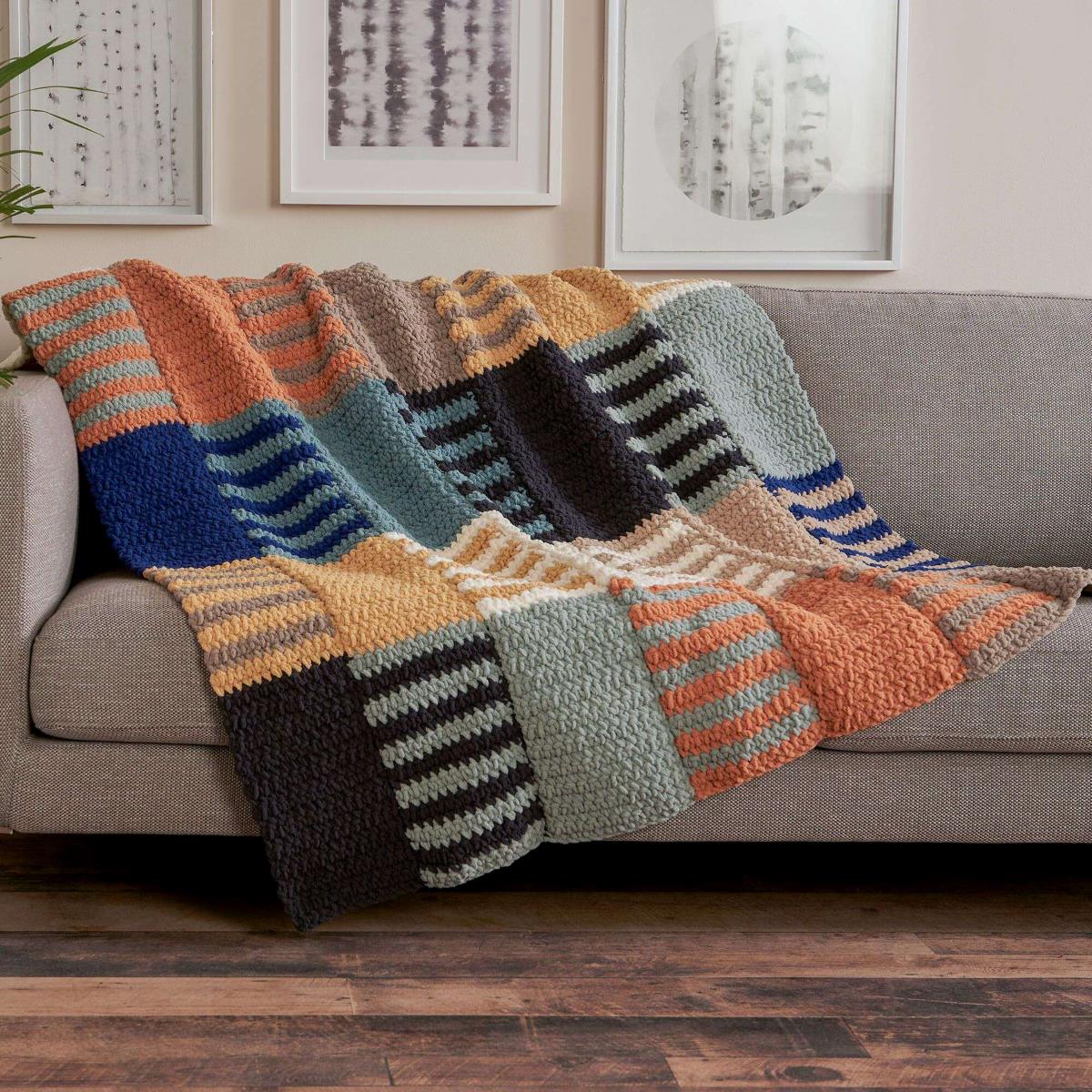
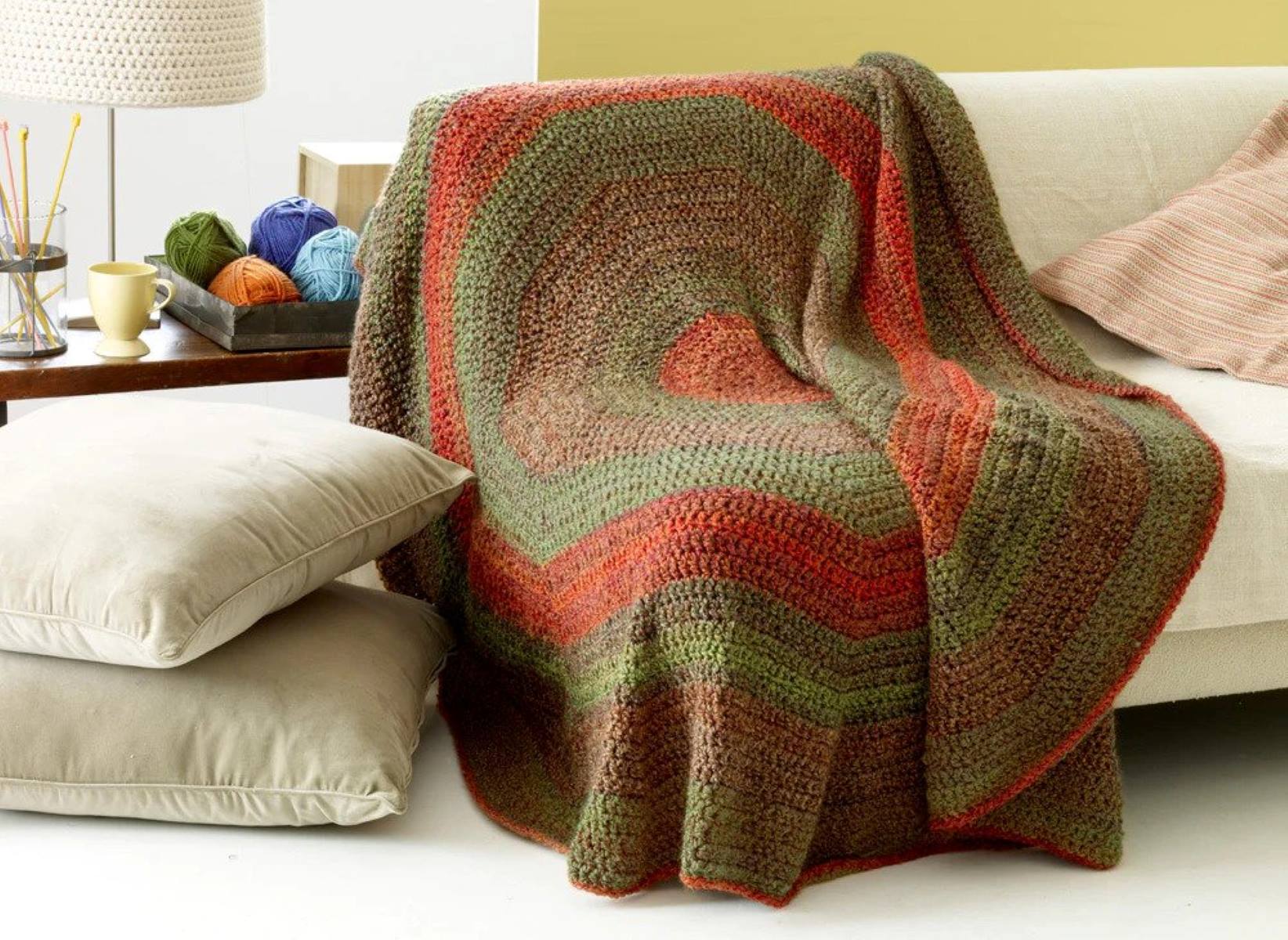

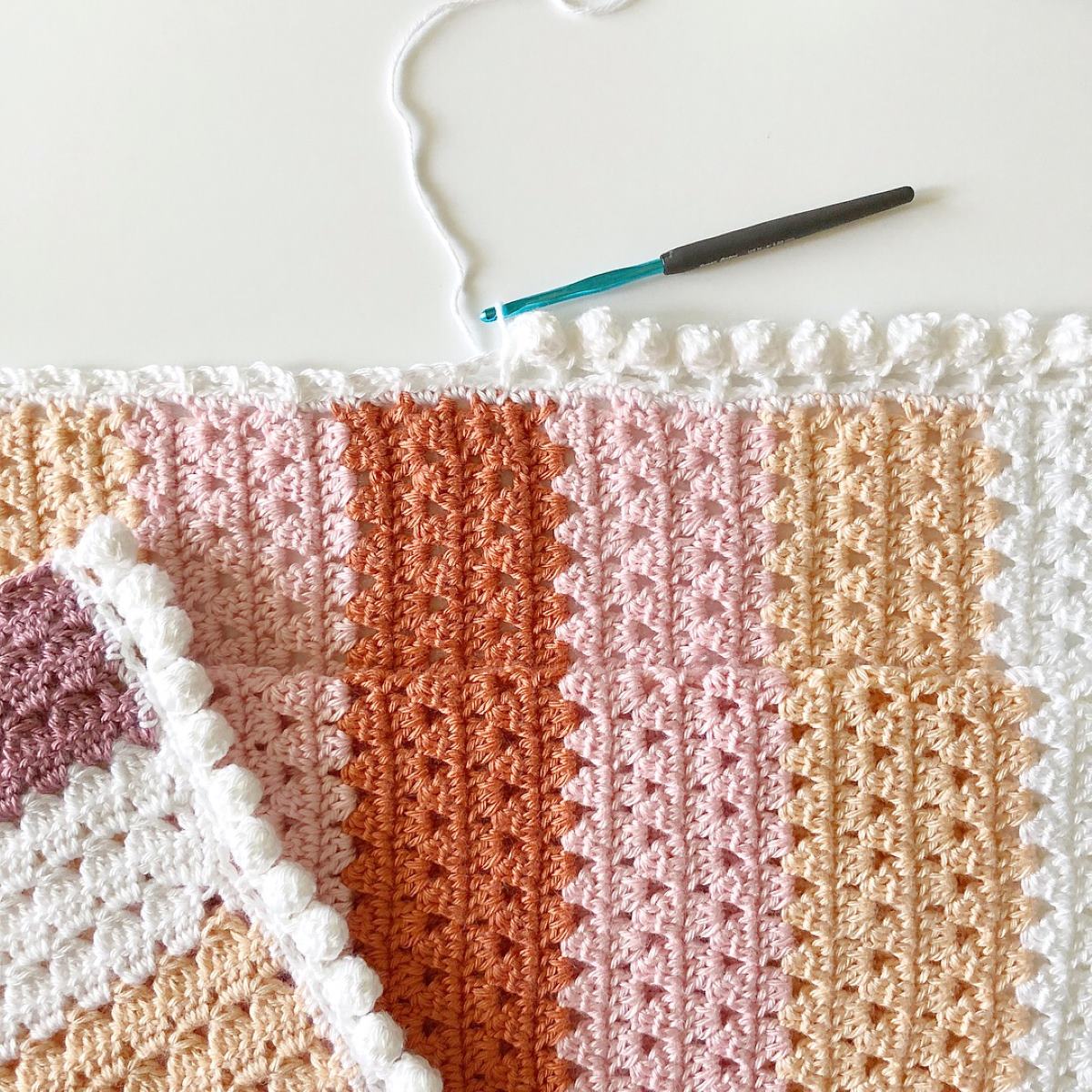
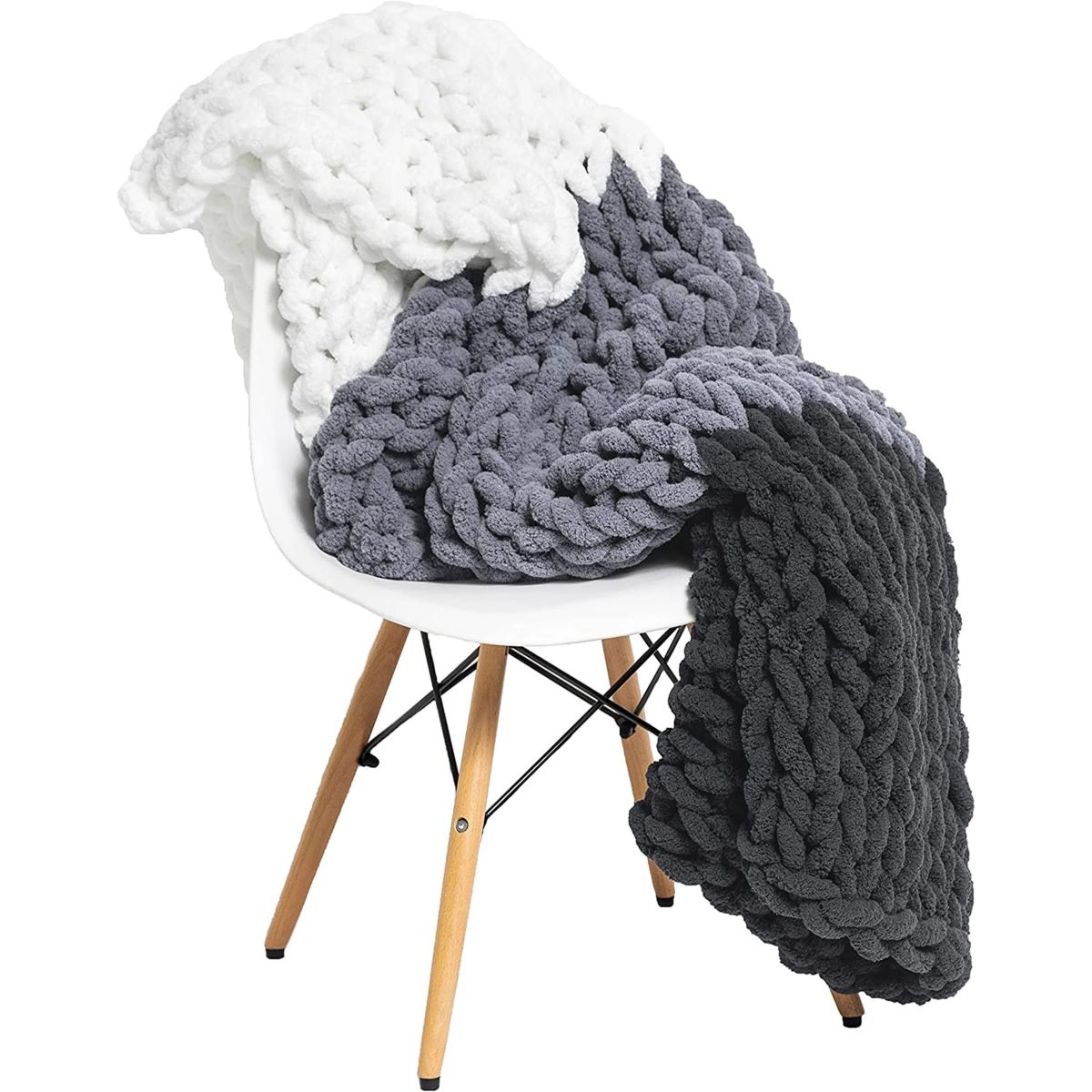
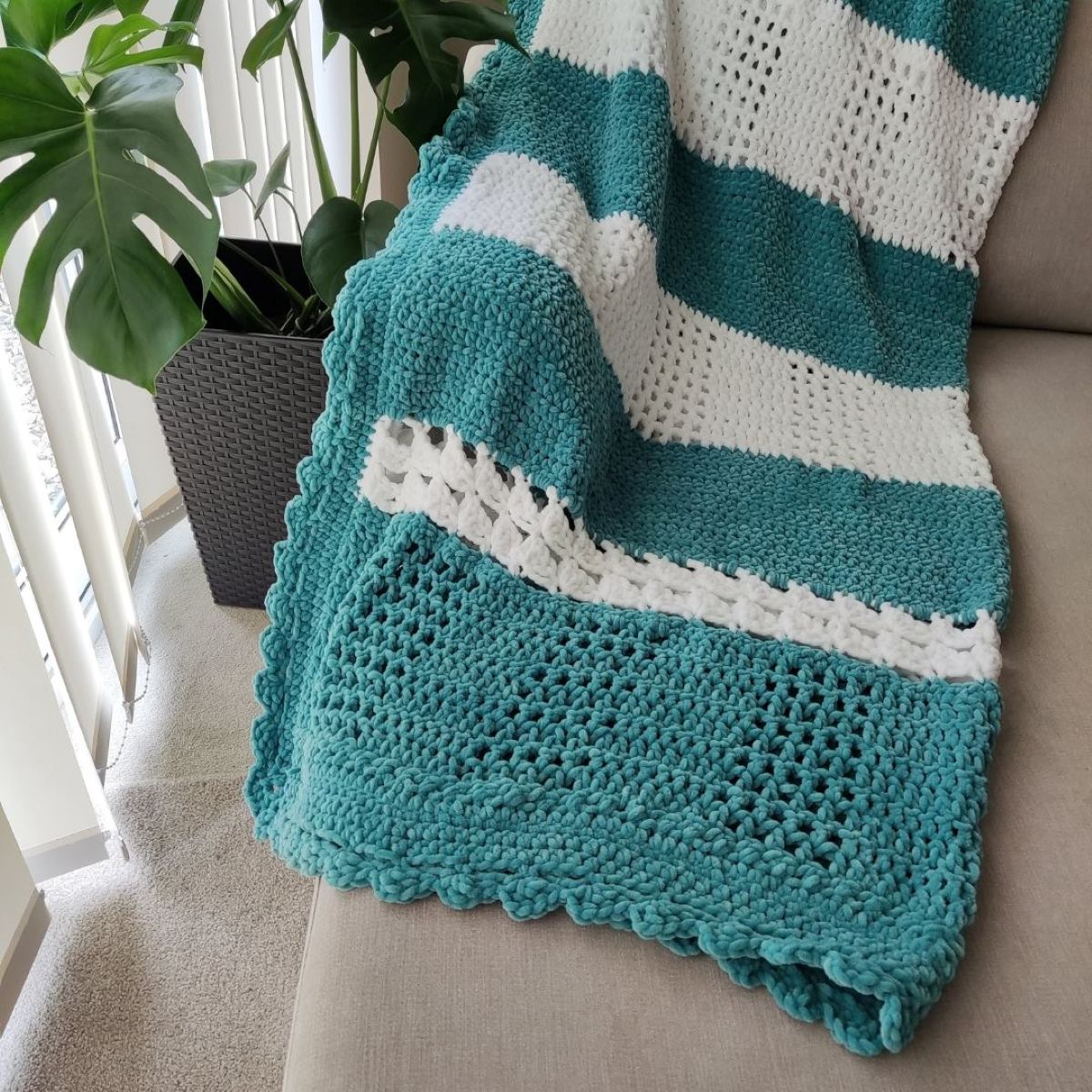
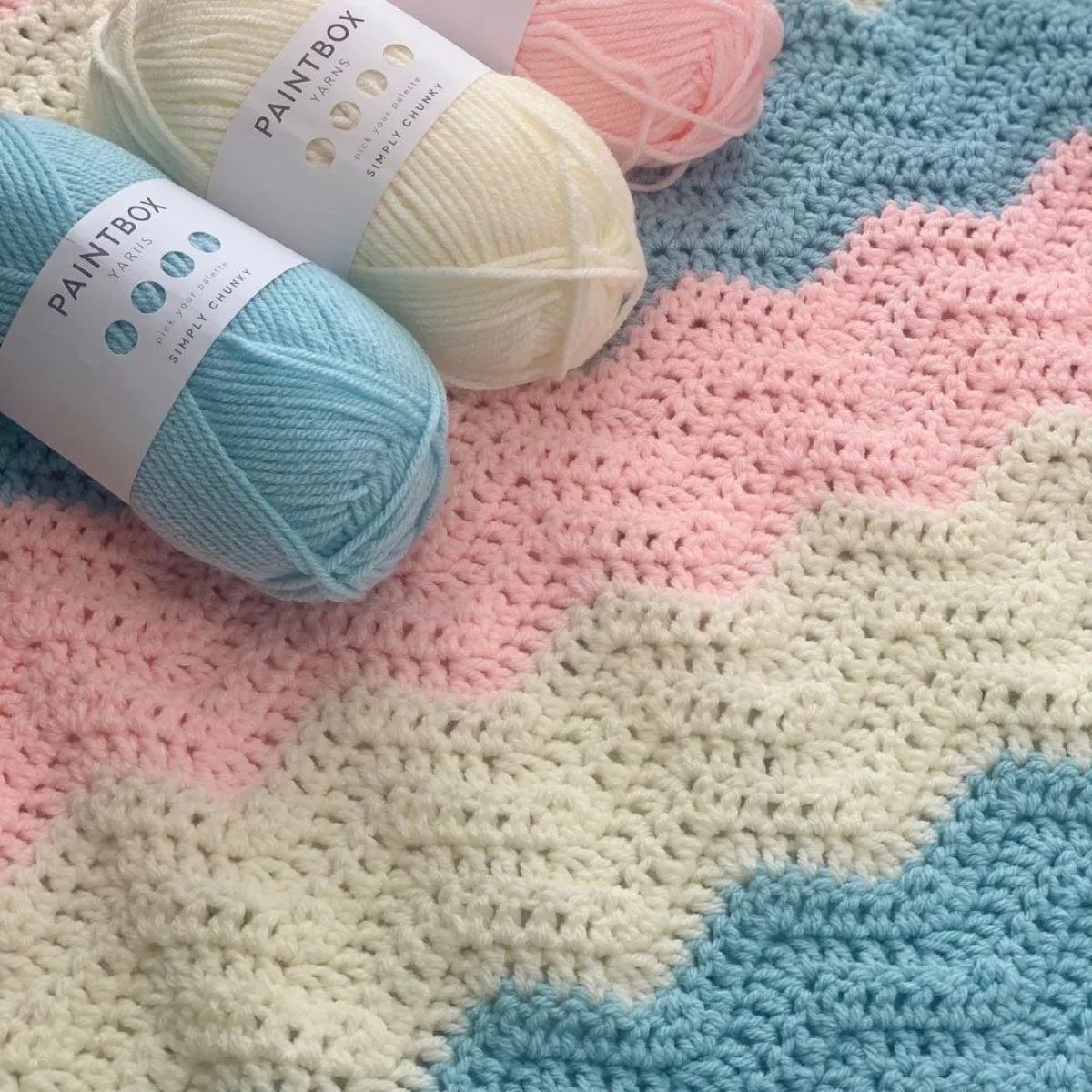

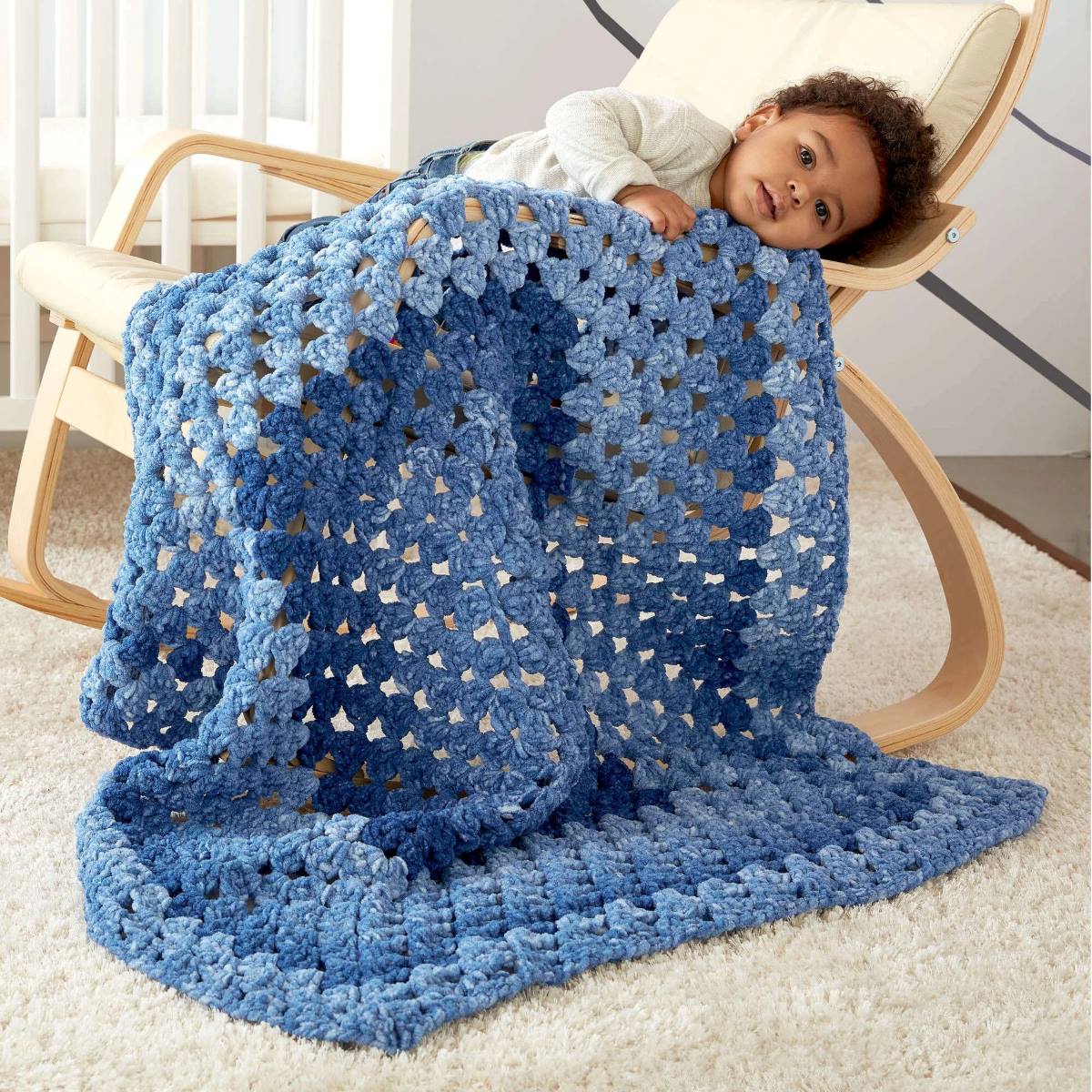
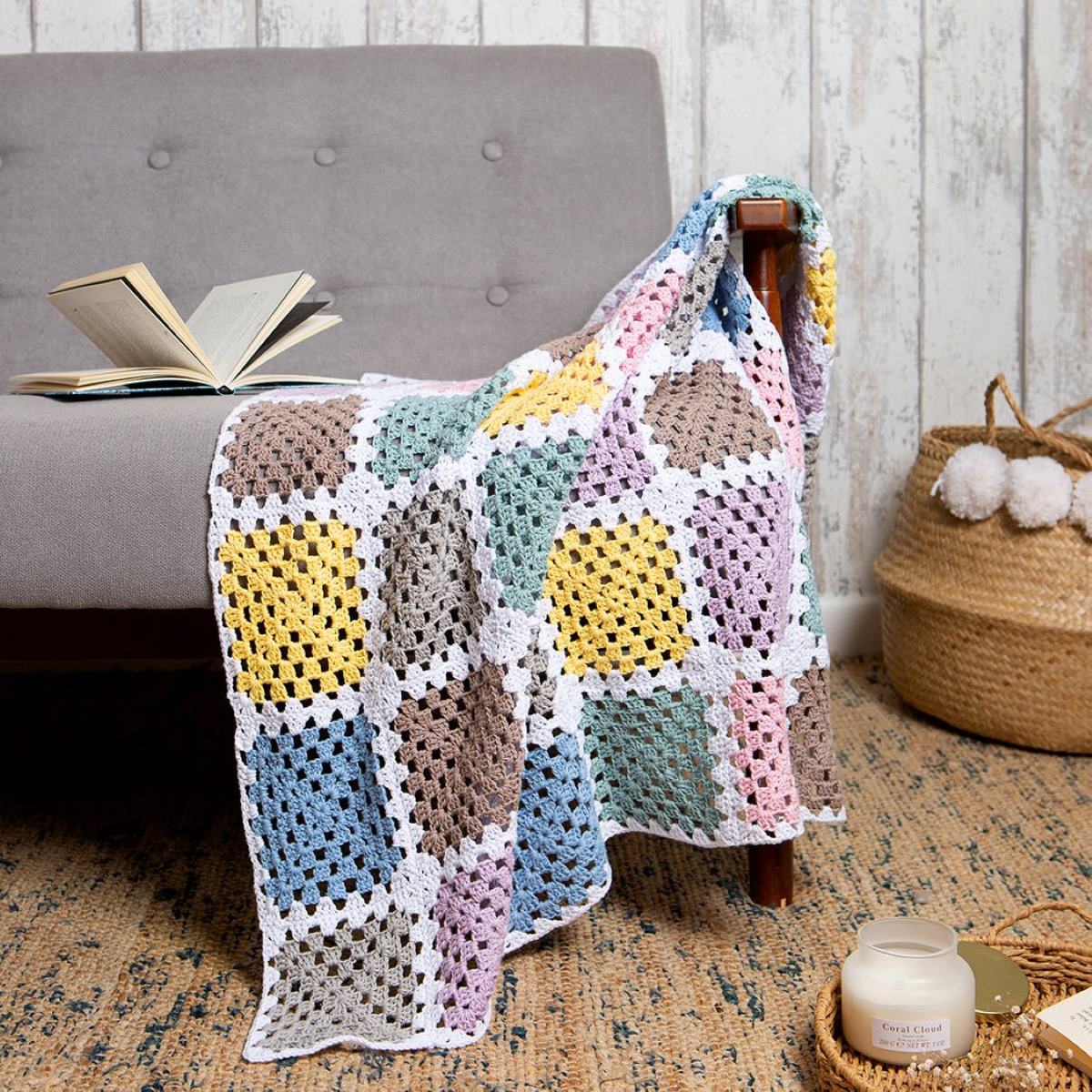
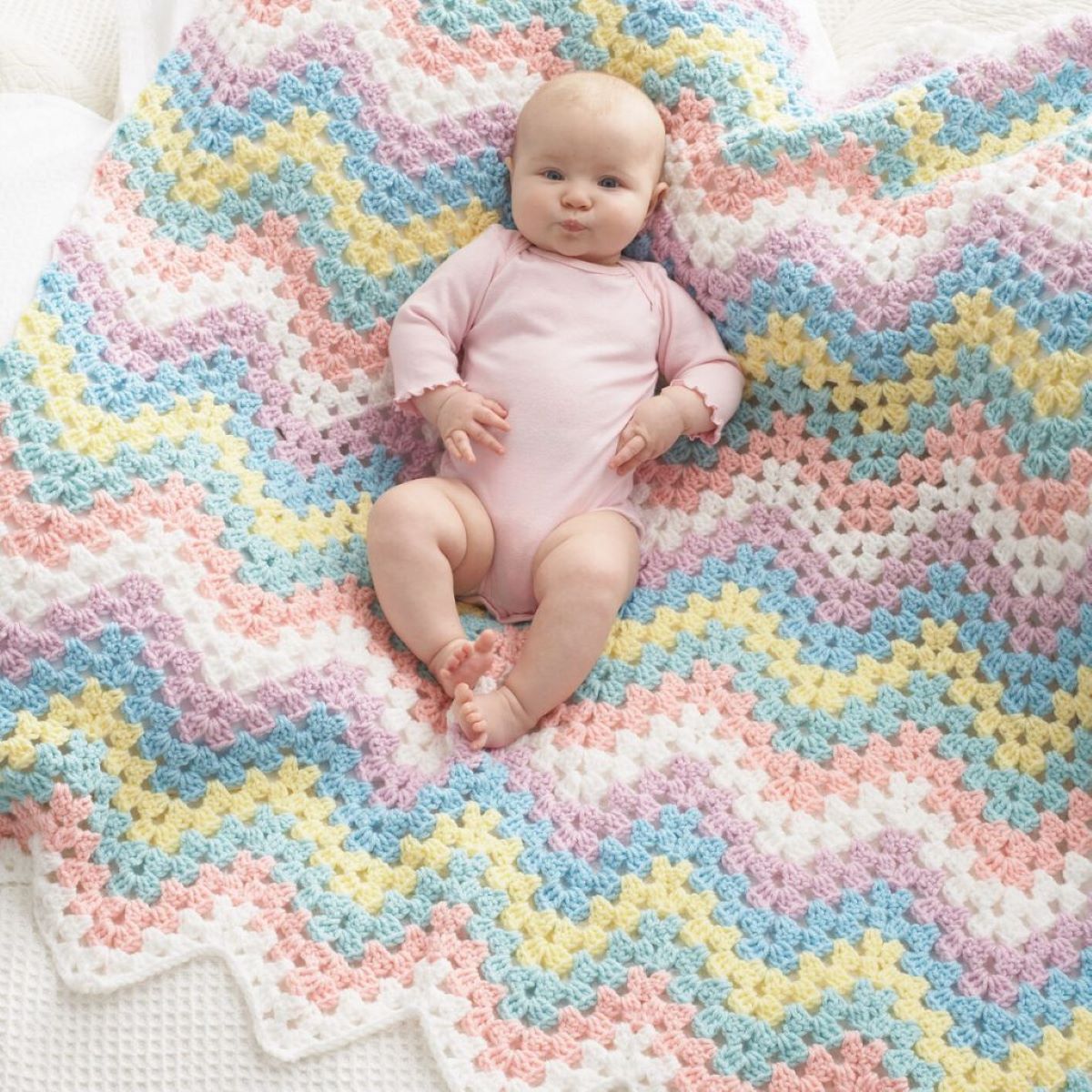


0 thoughts on “How To Repair A Crochet Blanket”